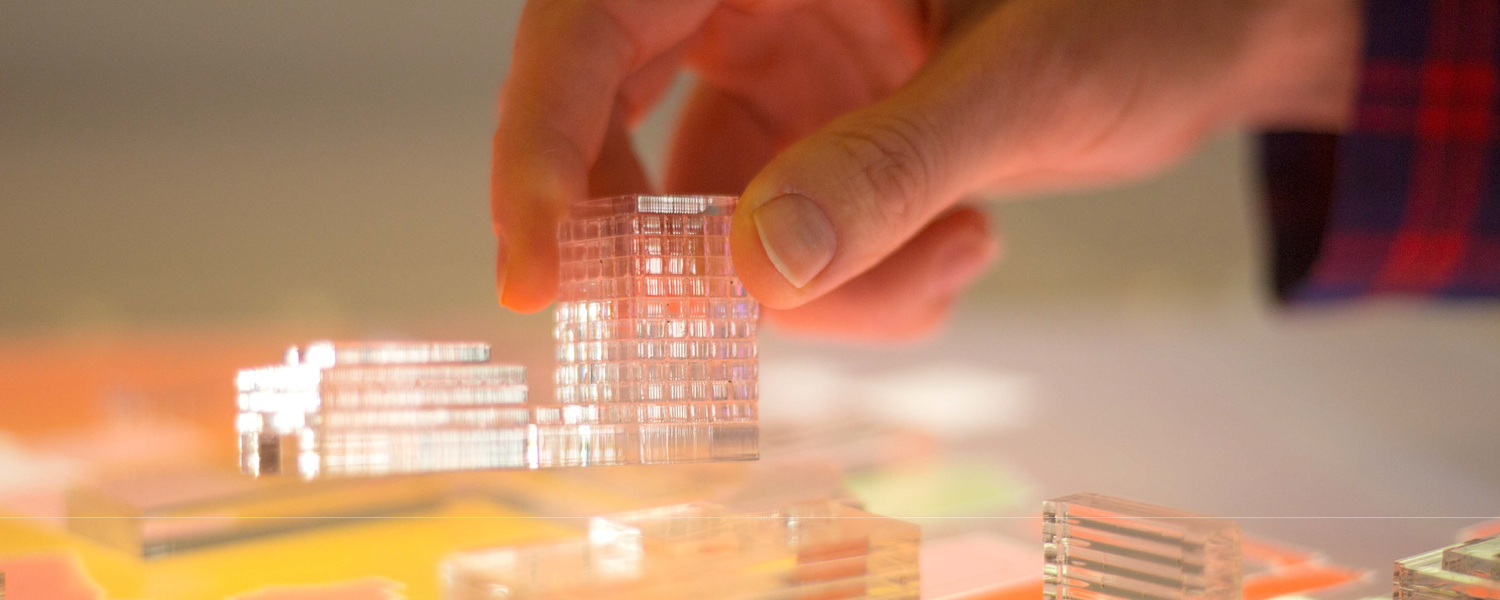
Visualizing Campus Energy Consumption Using 3D Models
Overview:
Carmen Hull is a PhD candidate in Computer Science (Data Science and Visual Computing). For her doctoral research, Carmen created a three-dimensional interactive energy use model that uses advanced data visualization to engage community members in considering their energy use and how they can reduce the energy that they use.
Because of her background in architecture, Carmen was interested in visualizing building science data through a model. The form of the building and the façade all have a huge impact on energy and being able to visualize that in conjunction with energy use is very helpful. A viewer of the model can see environmental conditions that affect the building science and enable understanding of the many different factors that connect to energy usage, including architecture. Carmen partnered with the Campus Energy Manager, Annie-Claude Lachapelle, to secure campus data for her project and to receive feedback on its utility for Facilities and the Office of Sustainability.
Outcomes:
The outcome of Carmen’s research is a beautiful model of the campus that shows outside temperature changes through the course of a year and associated heating, cooling, electricity, water, and occupancy data. The data is linked directly to the object that it represents. The model can help faculty, staff and students to see how much energy we are using, and it allows for a more holistic representation rather than looking at typical sources of energy data like spreadsheets. The model provides a new way for energy managers to look at their data by adding an element of playfulness and fun that makes it more engaging.
Through her research, Carmen is exploring different display methods and interaction methods. She has demonstrated the model over 25 times, and people are excited about its possibilities. It is an interface that is deeply engaging because it is a dynamic, physical object. The model jolts people out of their normal way of thinking and allows them to access different ways of thinking about energy on campus by allowing them to project themselves into the model and think about how we experience those places, and it causes us to consider the data on a more human/personal level.
Next Steps:
- Carmen wants to make a case for people to develop more physical interfaces like her model. These models help to translate the data into a more digestible format. People from different backgrounds can then have an informed discussion without having to review lots of tedious information and lackluster data.
- Carmen plans to use the model to make campus energy usage data more accessible, digestible and available. Broadly speaking, Carmen thinks it’s important for people to feel connected to data from an institutional perspective. It helps them to feel that they can have more of an impact if they can understand the data that they helped to generate, they have a relationship with, and that they can influence through their actions.
